IMFAR 2017
Recent articles
Patterns of DNA tags mark candidate genes for autism
Children with autism who carry mutations in the chromosomal region 16p11.2 or the gene CHD8 — two of the leading risk factors for autism — show distinct patterns of chemical tags on their DNA.

Patterns of DNA tags mark candidate genes for autism
Children with autism who carry mutations in the chromosomal region 16p11.2 or the gene CHD8 — two of the leading risk factors for autism — show distinct patterns of chemical tags on their DNA.
Having smart father raises child’s risk of autism
Children whose fathers are highly intelligent are at a higher risk of autism than those whose fathers are of average intelligence.
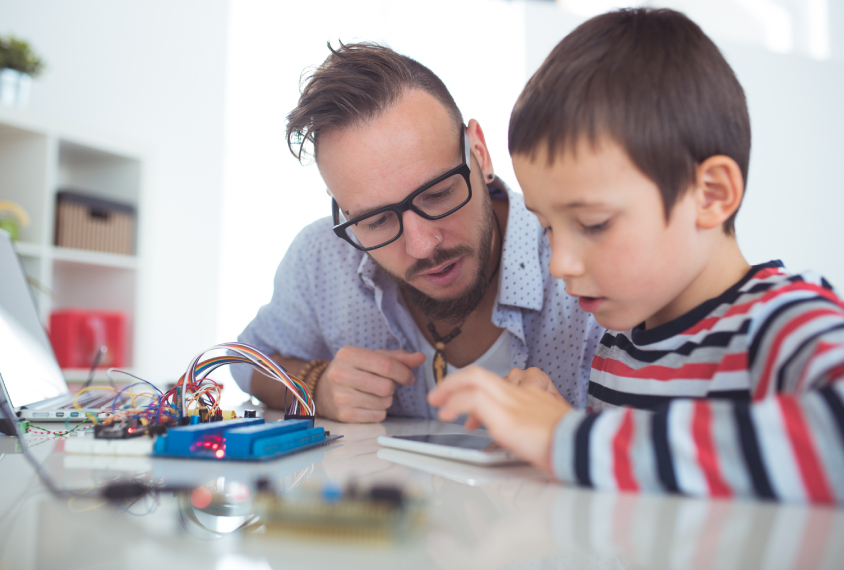
Having smart father raises child’s risk of autism
Children whose fathers are highly intelligent are at a higher risk of autism than those whose fathers are of average intelligence.
Long-term study shows language’s role in easing autism features
Difficulties with social communication appear to wane as toddlers with autism mature into young adults, perhaps due in large part to improvements in language ability.

Long-term study shows language’s role in easing autism features
Difficulties with social communication appear to wane as toddlers with autism mature into young adults, perhaps due in large part to improvements in language ability.
Top autism gene may alter sensory perception
An unusual brain response to sound may distinguish children with mutations in SCN2A, a leading candidate gene for autism.
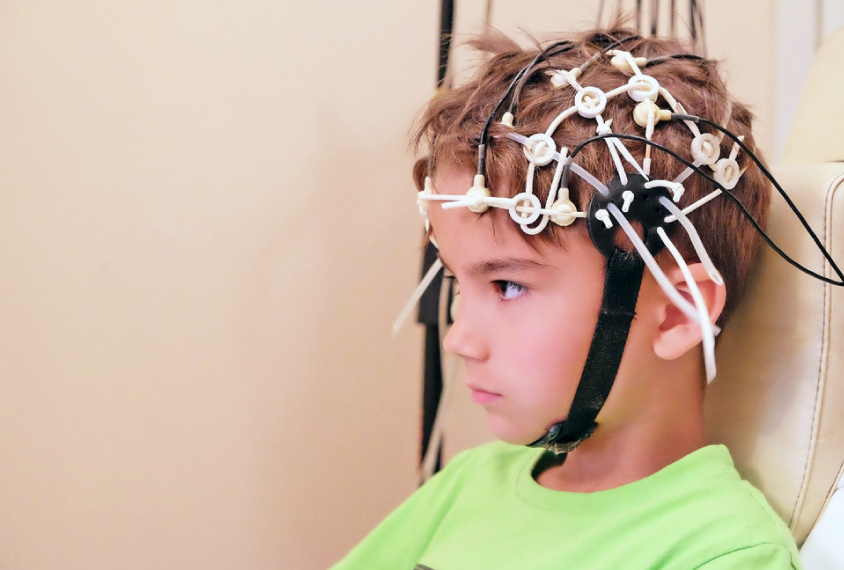
Top autism gene may alter sensory perception
An unusual brain response to sound may distinguish children with mutations in SCN2A, a leading candidate gene for autism.
Rats with autism mutation turn deaf ear to playful entreaties
Male rats missing an autism candidate gene called SHANK3 spend less time sniffing, nuzzling and chasing their peers than controls do.
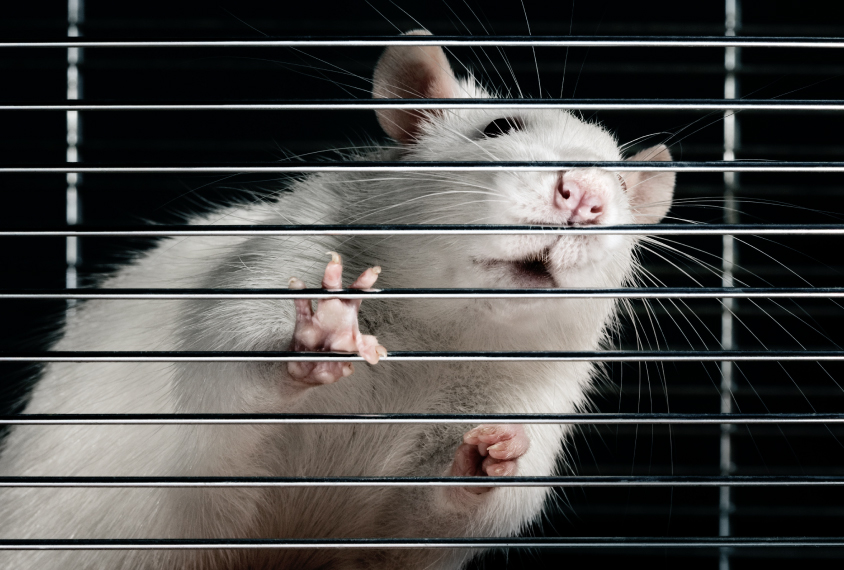
Rats with autism mutation turn deaf ear to playful entreaties
Male rats missing an autism candidate gene called SHANK3 spend less time sniffing, nuzzling and chasing their peers than controls do.
Small head, speech delay characterize mutations in autism gene
Children with mutations in a gene called DYRK1A, a leading autism candidate, have a distinct set of features, including intellectual disability, speech delay, motor problems and a small head.
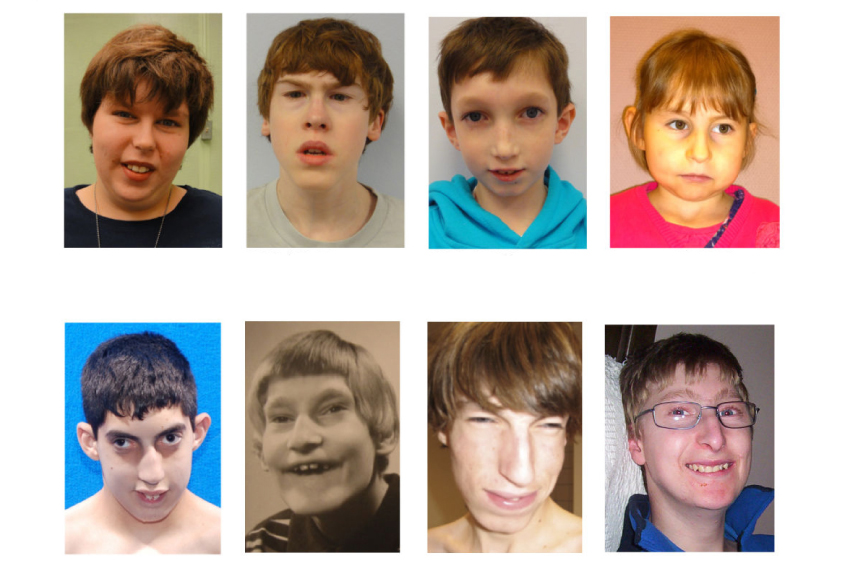
Small head, speech delay characterize mutations in autism gene
Children with mutations in a gene called DYRK1A, a leading autism candidate, have a distinct set of features, including intellectual disability, speech delay, motor problems and a small head.
Common variants, rare mutations combine to shape autism risk
Children with autism inherit a greater burden of common genetic variants associated with autism than would be expected by chance. These variants combine with rare, spontaneous mutations to boost autism risk.

Common variants, rare mutations combine to shape autism risk
Children with autism inherit a greater burden of common genetic variants associated with autism than would be expected by chance. These variants combine with rare, spontaneous mutations to boost autism risk.
Persistent motor problems may flag autism in ‘baby sibs’
Infant siblings of children with autism who also have the condition show motor problems into their second year.
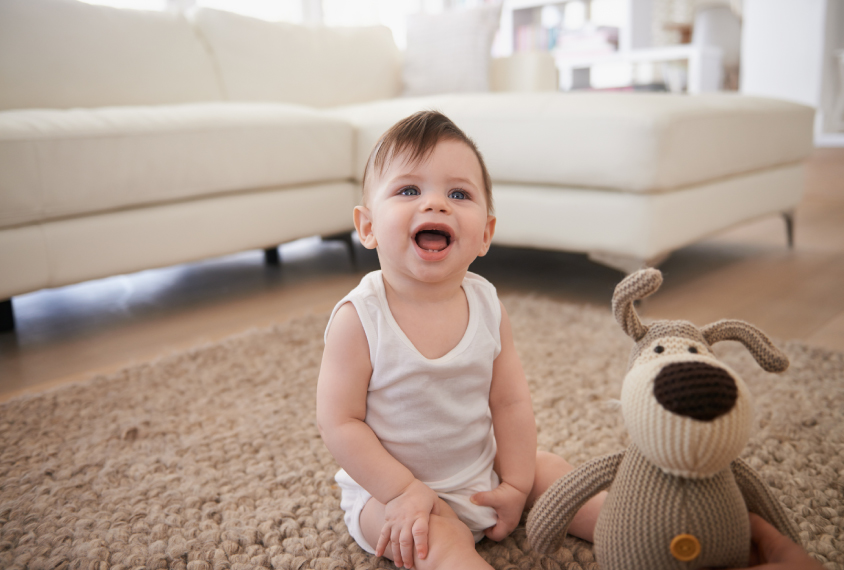
Persistent motor problems may flag autism in ‘baby sibs’
Infant siblings of children with autism who also have the condition show motor problems into their second year.
Altered circuit may underlie repetitive behaviors in autism
A brain circuit that controls movement is altered in people with autism, a postmortem brain study suggests.
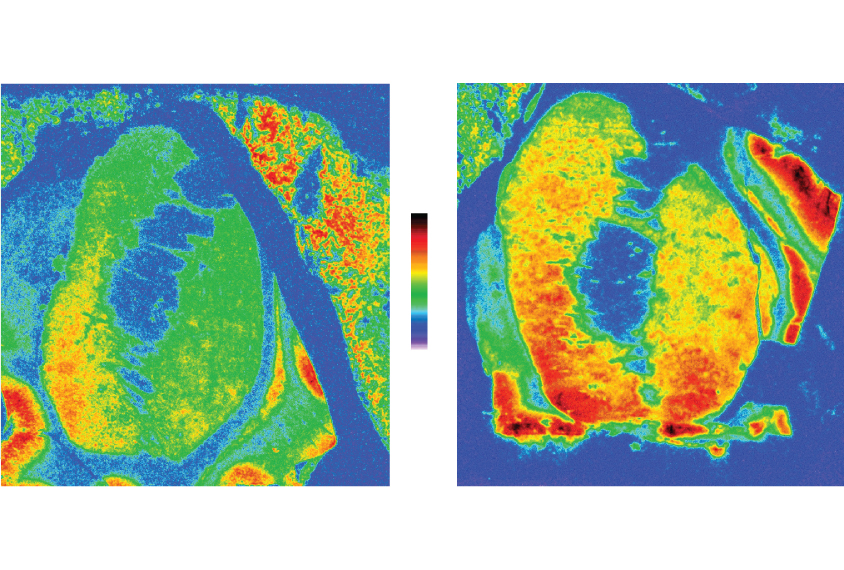
Altered circuit may underlie repetitive behaviors in autism
A brain circuit that controls movement is altered in people with autism, a postmortem brain study suggests.
Adolescence unmasks autism traits in girls
Autism traits may become more apparent as girls reach adolescence but stay stable in boys.

Adolescence unmasks autism traits in girls
Autism traits may become more apparent as girls reach adolescence but stay stable in boys.
Explore more from The Transmitter
Newly awarded NIH grants for neuroscience lag 77 percent behind previous nine-year average
Since President Donald Trump took office on 20 January, the National Institute of Neurological Disease and Stroke and the National Institute of Mental Health have awarded one quarter as many new grants as during the same two-month period, on average, since 2016.
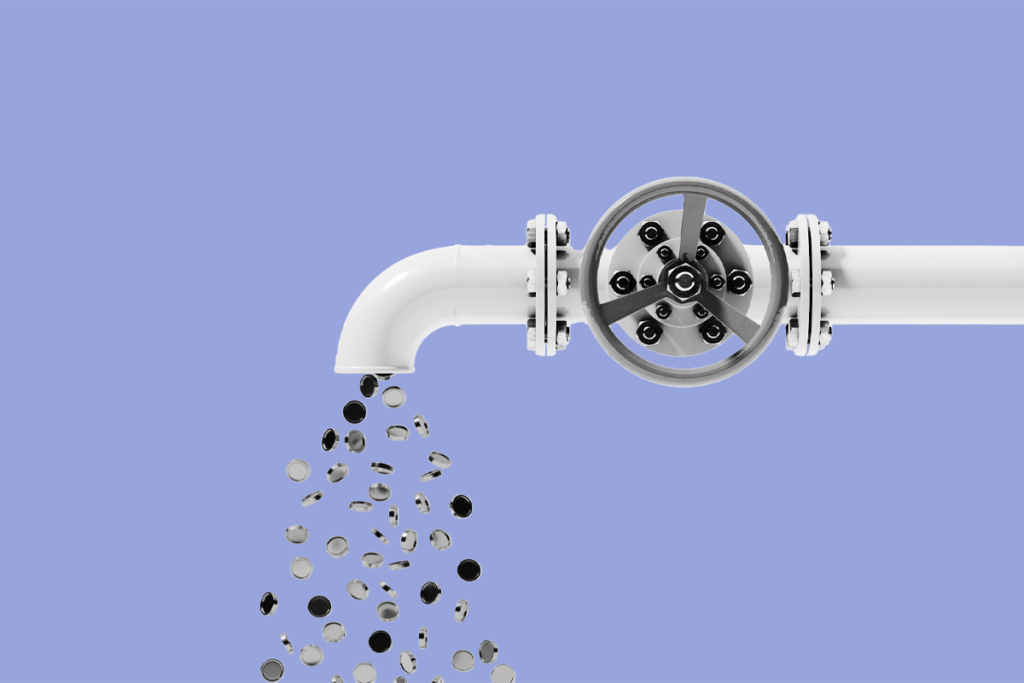
Newly awarded NIH grants for neuroscience lag 77 percent behind previous nine-year average
Since President Donald Trump took office on 20 January, the National Institute of Neurological Disease and Stroke and the National Institute of Mental Health have awarded one quarter as many new grants as during the same two-month period, on average, since 2016.
Releasing the Hydra with Rafael Yuste
Losing HHMI Investigator status caused Yuste to study neural networks in a new way.
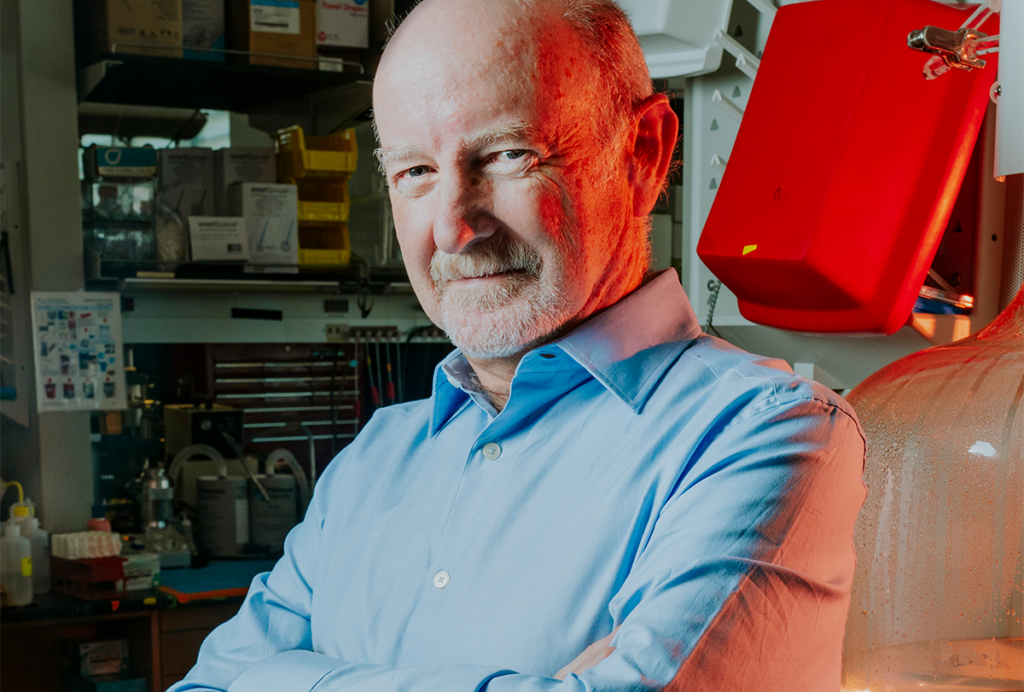
Releasing the Hydra with Rafael Yuste
Losing HHMI Investigator status caused Yuste to study neural networks in a new way.
Coding error caused layoffs at National Institute of Neurological Disorders and Stroke this week, source says
Thirty employees—including 11 lab heads—at the institute should “immediately return to work,” according to an email the institute’s Office of Human Resources sent to top administration at the institute Wednesday evening.

Coding error caused layoffs at National Institute of Neurological Disorders and Stroke this week, source says
Thirty employees—including 11 lab heads—at the institute should “immediately return to work,” according to an email the institute’s Office of Human Resources sent to top administration at the institute Wednesday evening.